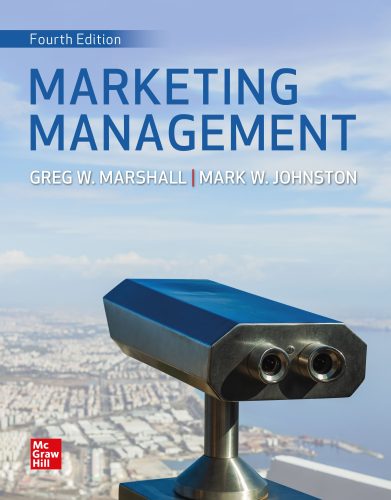Music festivals are more popular than ever, especially with the millennial generation. More than 14.7 million millennials (18-to-34-year-olds) attend at least one music festival every year. Not only are music festivals extremely popular but also attendees are willing to pay a premium for tickets to these festivals. These festivals, such as Lollapalooza, EDC, Ultra Music Festival, Bonnaroo, are a huge opportunity for companies to not only sponsor but also flaunt their brand across all aspects of the festivals.
In 2014, $1.34 billion was spent on live music and festival sponsorship creating a large opportunity for marketers. Also, because of the sheer size of these festivals, marketers are able to reach an upwards of 100,000 people a day or more. However, in order to become a sponsor of these events, brands have to provide attendees with the most innovative and exciting marketing technique.
The manner in which sponsoring companies attend and increase brand awareness at festivals can vary. For example, Sephora created a beauty patio at Coachella Valley Music and Arts Festival. Malibu Rum has created a free- standing beach house complete with palm trees for festivals. Uber, to increase awareness of their brand, had a country star ride with fans to Lake Shake, a festival in Chicago. Furthermore, brands such as 7UP and H&M, a clothing company, have created limited-time licensed merchandise based on partnerships with festivals such as Electric Daisy Carnival and Coachella. Social media also plays a huge role, not only in creating hype for festivals but also as a way to increase presence and marketing.

Before, sponsors used to be concerned with just the exact days that the festival is held on, but now, due to technological innovations and crowd expectations, increased marketing is anticipated to start long before and end long after festivals end. Sponsorship and marketing can last between six to eight months surrounding the festival, thus giving companies large marketing opportunities for a single event. According to billboard.com and a recent study completed by Momentum Worldwide and concert promoter AEG Live, found that 93% of 18-to-34-year-olds like brands that sponsor live music events, with eight of 10 citing that branded festivals and concerts is the best way to engage with the millennial generation.
Some of the fastest growing areas for company sponsors of festivals are licensing and livestreaming. Licensing allows companies to be part of the festival’s culture through the creation of a festival specific product. Whereas livestreaming allows company sponsors of festivals to reach a larger-scale audience by allowing millions to view the festival live. Festivals also are increasingly having non-profit sponsors such as DoSomething.org, a non-profit organization that has the goal of motivating young people to take action around social changes through national campaigns and grants for projects that make an impact, present.
Even long after festivals are over, millennials and other attendees are more likely to trust a brand, purchase their products, make social media recommendations, and perceive sponsored brands as authentic. Companies, in order to increase their brand recognition, are using festivals to reach a large audience in a short amount of time.
From a marketing management perspective, here are some questions to consider:
- How else can companies market and increase their brand awareness at music festivals?
- Do you think festivals are a good stage for companies to try new and innovative marketing techniques? Why?
- Find ways in which social media can be beneficial to market and increase awareness of a new festival.
